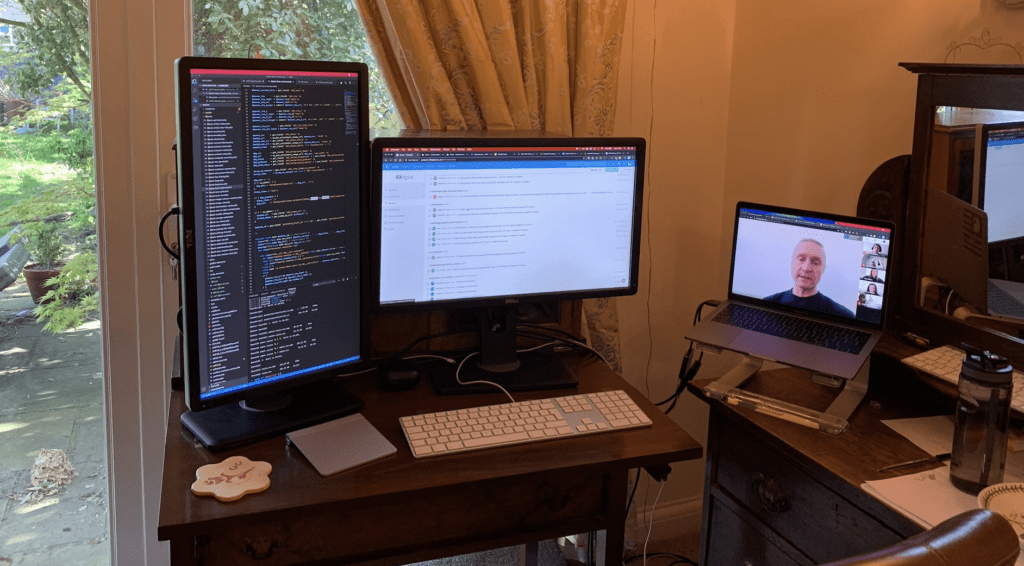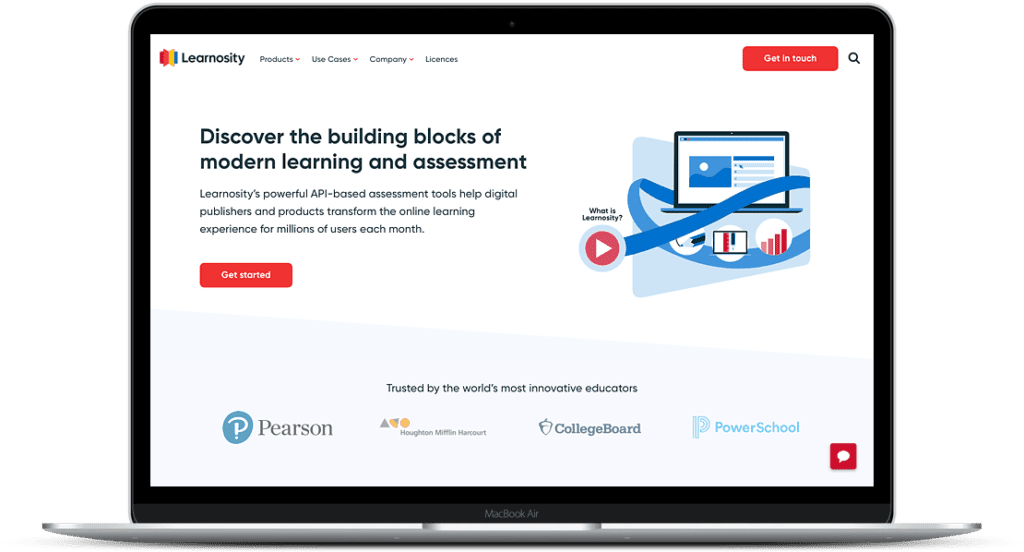Internal day: March 2020

As working from home becomes the new norm, on the 27th of March 2020, the ClarityDX team set about running its first ever ‘internal day’ completely remotely.
If this is the first time you’re reading about ClarityDX ‘internal days’ in short, once a month we close up shop for the day and stop working on clients’ projects to focus on our internal processes. The aim is to find efficiencies and streamline our own processes, so that in turn, we’re able to deliver higher quality work in shorter timelines and more effectively for clients.
The 27th of March was also a little different on another account, the day began with the team sharing some of their expertise in the form of blog posts – all of which will be coming to the website in the next few weeks – so watch this space!
Here’s how the day started for the ClarityDX teams:
Development
The day started for our Lead Developer Matt with the aim to gain a better understanding of how to create a Gutenberg block from scratch by creating a custom block. At ClarityDX, we have been using ACF’s excellent Gutenberg addition to their popular plugin, however this does have some limitations, such as creating a block which allows other blocks to be nested inside it. So, in this case, a custom block is required to be created from scratch to allow us to do this.
The Gutenberg Editor is WordPress’s shiny new(ish) page editor, which is becoming ever more popular as more and more people are getting used to the new concept. As London’s leading WordPress agency, it is imperative that the whole dev team get exposure of how to create these blocks.
Similarly to Matt, Ibon also focused the day on getting more familiar with Gutenberg due to it being the new editor that’s gaining popularity. Aim is to get ahead of the curve on this one!
Alongside sharing some tips on optimising your website’s speed, our Senior Developer Andrew’s objective for the internal day was on making improvements to our project starter theme, the bare-bones foundations of our custom projects. The main focus on custom Gutenberg Block creation. As all our latest and upcoming projects use Gutenberg as default, there is a real need to quickly spin up custom blocks for our clients. Having a boilerplate at our developer’s disposal can help them develop custom blocks without having to install all the required packages and components – saving valuable development time and ensuring quality standards are met.
The goal today for our developer Jafar was to create an accessibility automated test suite that can be included in our WordPress themes for the websites we build at ClarityDX.
Web accessibility means that people with disabilities can use the websites we deliver easily. It is important that the web is created accessible to everyone in order to provide equal access and equal opportunity to people with disabilities.
The aim for the day for our developer Vic was to work on, and extend the migration plugin he’s been working on for several projects, to make it more user friendly and easier to customise and debug. Automated migration of content is one of the key requests from our clients when we’re rebuilding sites. As a result, creating something we can reuse with minimal developer input would save a lot of time and effort. It also gives the developers a tool which can be customised and used for various content migration plans. Further to that it’s something Matt and Vic are hoping to develop into an all-purpose published plugin that we open source for the good of the wider WordPress community.
Project Management
As with the rest of the ClarityDX team, first up for our project managers was writing blog pieces, which took a little longer than first thought, but produced some really exciting content!
Following this Roz, Ellie, and Graham, got together (virtually!) to chat through ideas to help tighten up the process for when our clients request a manual migration as part of a project. Just like the work they did on discovery sessions last time, content requirements/migrations are crucial in making sure projects head off in the right direction. However, as content is crucial to the design as well as the build, our project managers need to get a feel for what these requirements are sooner rather than later.
In the long run this should make the handover periods run smoother with less content for a client to upload towards the end of the process. In turn, the period from UAT through to Launch comes quicker. By asking the right questions sooner, such as ‘which content is going, staying, or being rewritten?’ is a good way to get our clients aware of the potential size of the task.
UX & Design
Soon after creating a few blog posts, the design team got together virtually, and our Head of Design and UX, Nicola led the setting out of the objectives for the rest of the day:
- Research into workshop activities for developing website content
- Develop a structure for a content workshop
- Develop a brand meeting/workshop that can be conducted online
Often content production on projects is undertaken by our clients, but sometimes, given this can be the first web redesign project, clients do not always have enough experience and understanding of how to approach this in the best way. Creating a workshop format we can use with them will improve the quality of content we work with in our designs and help reduce delays to projects caused by waiting for content.
This comes under the wider remit of us widening our workshop output with the aim to develop a mix and match approach we can use on projects of different scales.
Our designer Fenella, began by writing a blog post on planning user journeys into website redesign projects. Following this, she aimed to carry on the work from February’s internal training day on the content and branding workshop. Finalising research, and begin to create a deck which will help structure workshops for prospective clients in the near future.
Charlie also focused on finalising work on the UX workshop the design team did recently with a client and to conduct some research on branding. The overall goal for the design team was to come up with a consensus on the conclusions and look to further improve these processes. This is important for the ClarityDX team as the discovery & definition phase of a project can be incredibly dense, and at times can be overwhelming with the amount of data accrued. Working on this internally means that both the design team and the client will have a clear understanding and what’s expected and what is required from the project start to finish.
As the day approached to a close, the teams reflected on what was achieved:
Developers
As planned, Matt finished the day with an increase in his knowledge of Gutenberg and is well on the way to having his block complete.
Ibon spent most of the time reading code, looking at various tutorials on the nitty gritty details, and setting a local environment to run some tests.
By the end of the day Andrew had succeeded in hooking up a basic boilerplate and some Gutenberg configuration files within the starter theme.
The day went really well for Jafar, by the end he had created a full accessibility test suite that can be used in our starter theme.
Vic did a lot of clean up of the migration plugin, splitting out utility functions, adding settings panels and splitting out different use cases. For example the plugin can now support the migration of Espresso Events. So a productive day for Vic!
Project Managers
By the end of the day Graham, Roz, and Ellie had created a process timeline with suggested questions/steps and a spreadsheet that can be used as a client prompt – at the moment using our own, ClarityDX site as an example.
The list will show pages on the site so our clients can see the size of task and flag which content is going or staying. We can then break this down into Post Types and the fields needed which will help the tech team plan a migration and the designers plan the structure of a template. The sheet can also be used by a client to indicate the pages they want us to use as the basis of the 1 x designs needed for each template.
UX & Designers
At the end of the day Nicola, Charlie, and Fenella had an excellent result! A clear action plan set out for the next steps, and three shiny new documents to use with clients in the future, focused around research, content and branding decks, and the structure for an improved brand workshop.

ClarityDX team take on working from home

How we approached accessibility for Learnosity
Let's Talk
Do you have a web design and build project coming up that you would like to talk about?